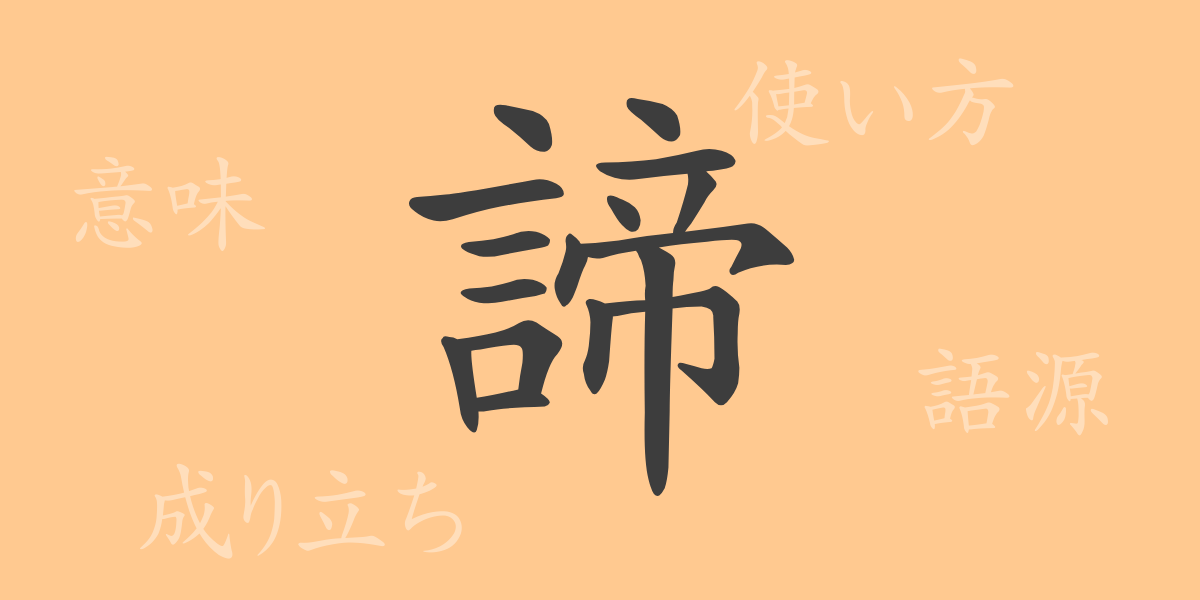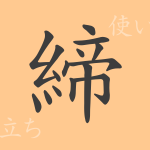Embedded in Japanese culture, each kanji character boasts a rich form and meaning. Among the commonly used kanji, ‘諦(テイ)’ holds deep philosophical significance and symbolizes the spiritual essence of the Japanese people. This article delves into the origins, meanings, and usage of ‘諦’, exploring the idioms and proverbs associated with it, uncovering the charm of this profound character.
Origins of ‘諦(テイ)’
The kanji ‘諦’ originated in ancient China, comprising ‘言(ことばへん)’ which signifies speech, and ‘心’, representing the heart. This combination, originally depicting the act of engraving truth into the heart, has evolved to denote deep insight and conviction.
Meaning and Usage of ‘諦(テイ)’
‘諦’ encompasses meanings like ‘to give up’, ‘truth’, and ‘to clarify’. These are contextually deployed, where ‘to give up’ often applies in situations deemed impossible, while ‘truth’ appears in philosophical discussions or religious texts.
Readings, Stroke Count, and Radical of ‘諦(テイ)’
The kanji ‘諦’ is known for its specific readings and structure:
- Readings: The on’yomi (Sino-Japanese reading) is ‘テイ’, and the kun’yomi (native Japanese readings) are ‘あきらめる’ and ‘さとる’.
- Stroke Count: ‘諦’ consists of 16 strokes.
- Radical: The radical is ‘言’ (ことばへん), associated with speech.
Phrases and Idioms Using ‘諦(テイ)’ and Their Meanings
Idioms and proverbs including ‘諦’ reflect its profound meanings in daily life:
- ‘諦観(ていかん)’: Enlightenment and acceptance of the world as it is, a concept deeply rooted in Buddhist teachings.
- ‘諦念(ていねん)’: A state of readiness to accept certain situations or outcomes.
Conclusion on ‘諦(テイ)’
The kanji ‘諦’, through its fusion of speech and heart, captures complex concepts such as resignation, truth, and insight. It is apt for expressing intricate ideas in various life situations. Additionally, the idioms and proverbs it features mirror the philosophical attitudes of the Japanese towards life’s adversities and challenges, offering a window into how Japanese people comprehend the world and express their emotions. Understanding ‘諦’ not only deepens one’s grasp of the Japanese language but also enhances insight into Japanese culture.

























